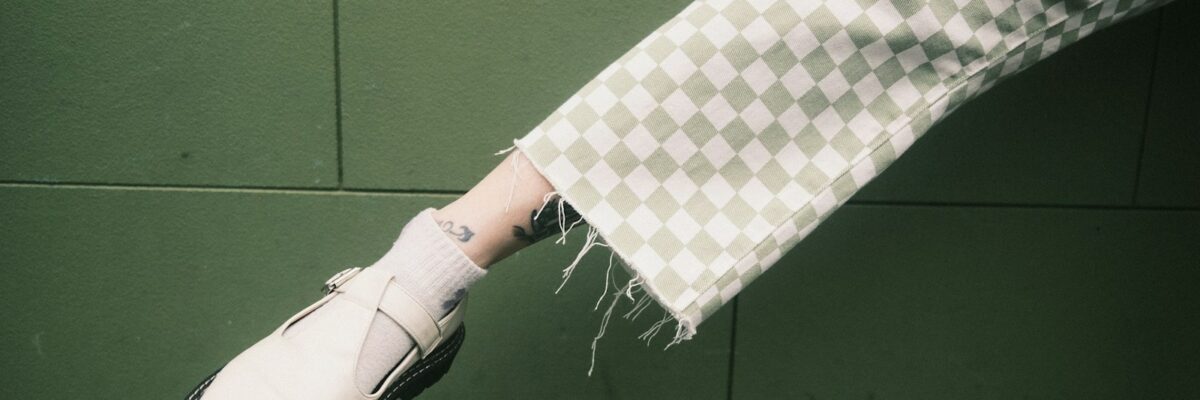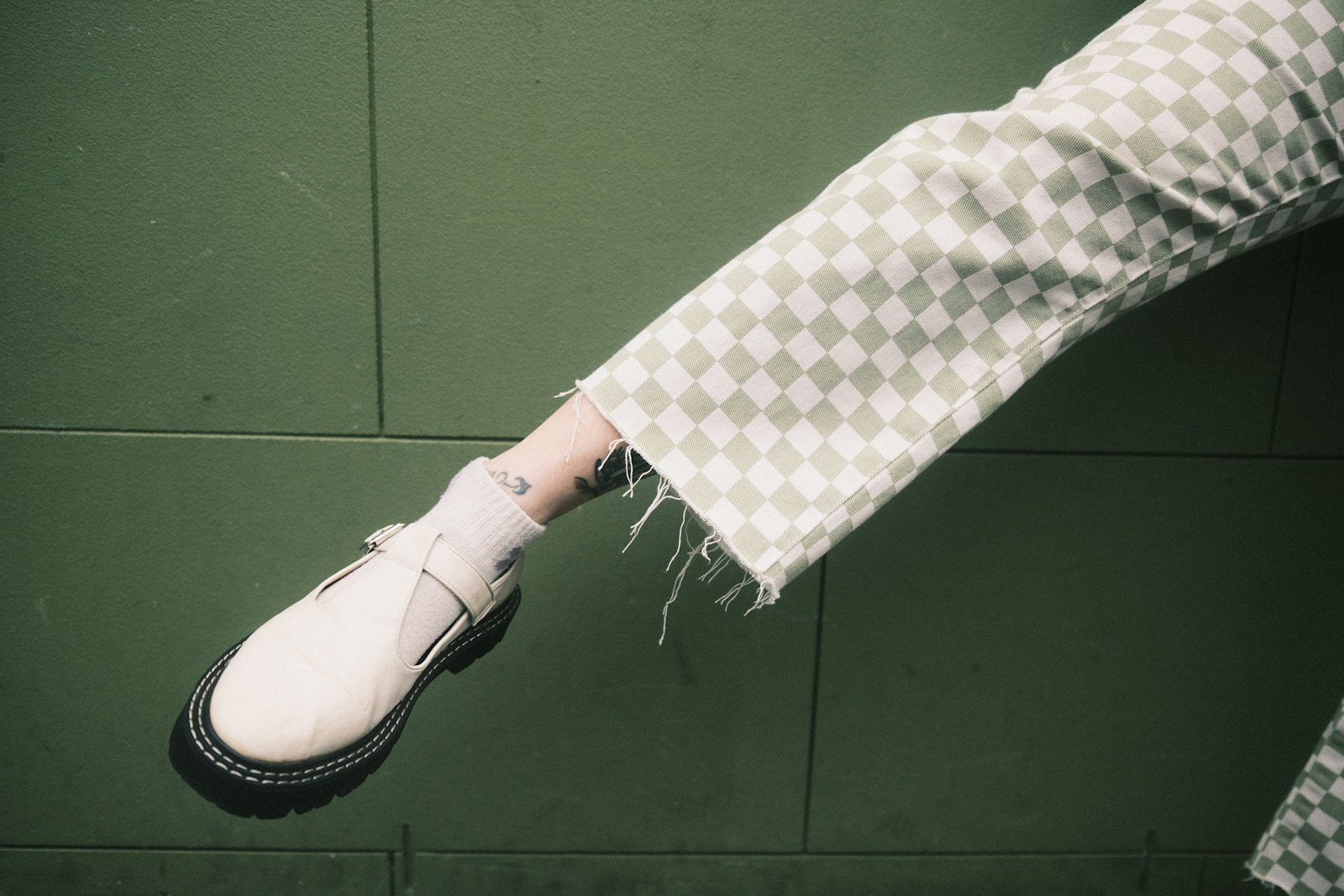

Individual involvement in fashion product consumption and production
What is unique and special is always appealing and a little scary at the same time. If I am the first to wear it, how will my innovation be received? Will I be accepted and followed, or will I be more of a laughing stock?! The eternal dilemma is whether to be fashion dictators or fashion followers. Indeed, if we cannot identify with it, we may as well reject fashion.
Three completely different strategies, three types of risk-taking and self-expression. The fashion dictator and the fashion rejecter take the greatest risk, that is, that they may not be accepted by members of society, but rather condemned for their eccentricity. The fashion follower adopts trends from others, imitates the mainstream, thereby losing his uniqueness and blending into the broader consumer base. This is where they are safest. The rejection of fashion can best be equated with individual style. This consumer behaviour is not driven by a rapid change in fashion, but rather by self-identity. There is no complete seasonal change of clothes, no dressing according to the latest fast fashion or ultra-fast fashion (Shein, Temu). They only add a few new items to their wardrobe seasonally, striving for quality and timelessness. When a photo of them turn up, they don't hold their head or smile to themselves at how they could have worn a sweater three sizes too big or an eye-catching pair of neon-coloured geometric patterned trousers.
Perhaps one of the keys to sustainable fashion is a timeless, high quality product that can be worn for years to come, and finding our own style in which we can identify ourselves and proudly wear the clothes we are pictured in years to come. However, this requires not only us consumers, who consciously seek out timeless pieces and only occasionally get tempted by the latest fashion products, but also the people who produce them. It is their job to slow down the ever-accelerating machinery of the fashion industry, to make it possible to wear a T-shirt or trousers for years, without having to throw them away after 5 wears and washes because the material is frayed or torn.
To promote sustainability in the fashion industry, there is a clear need for consumer and fashion industry organisations, for individual and social responsibility, rather than the constant pursuit of individual goals, as is the case now, such as maximising profits and buying clothes on a daily basis.


Az Európai Unió finanszírozásával. Az itt szereplő vélemények és állítások a szerző(k) álláspontját tükrözik, és nem feltétlenül egyeznek meg az Európai Unió vagy az Európai Oktatási és Kulturális Végrehajtó Ügynökség (EACEA) hivatalos álláspontjával. Sem az Európai Unió, sem az EACEA nem vonható felelősségre miattuk.
